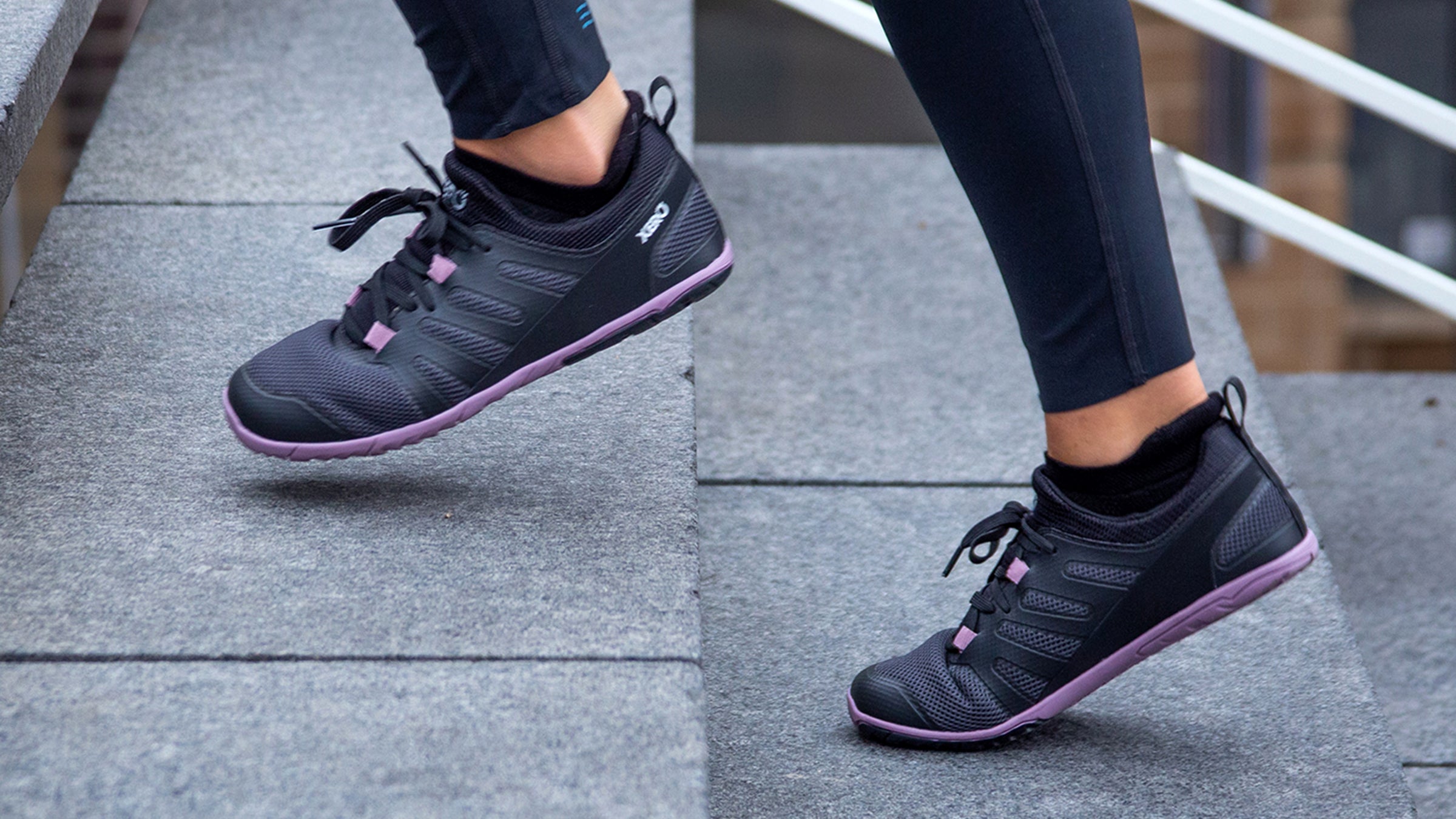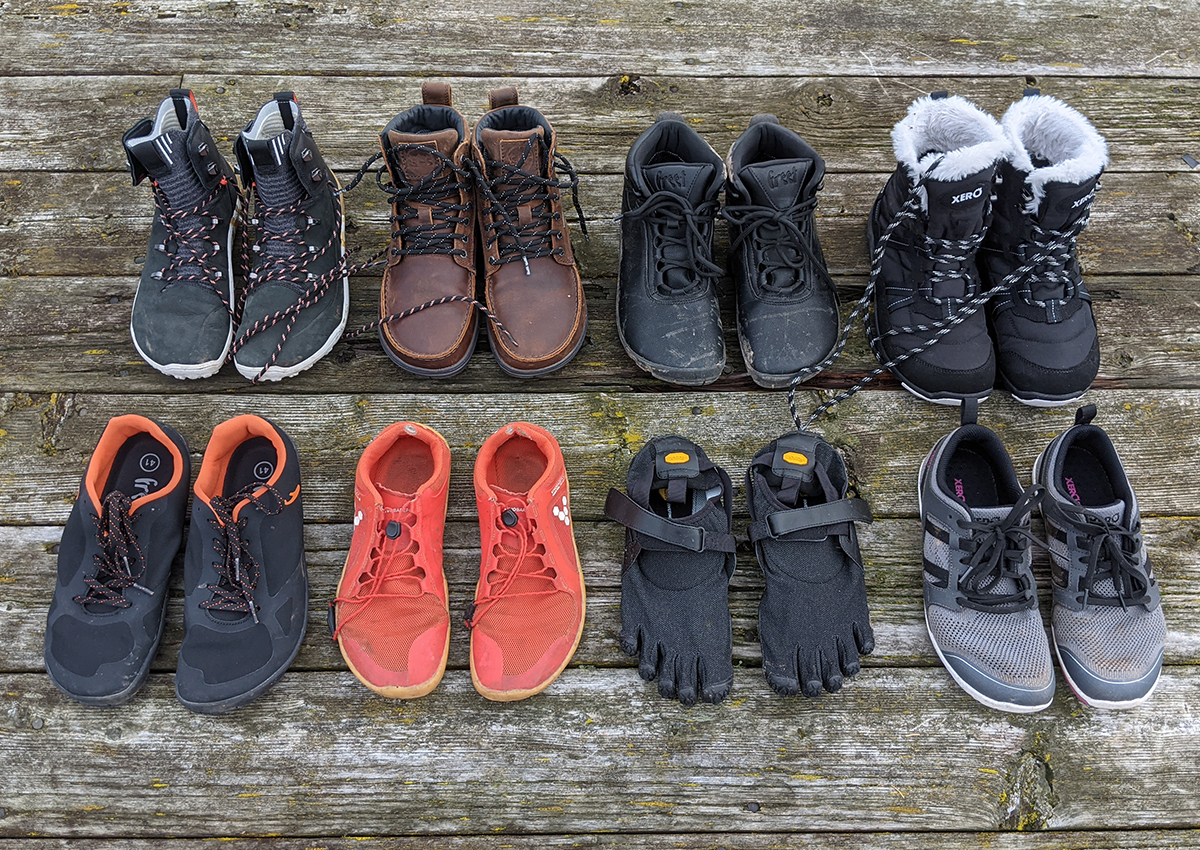The Ultimate Guide to Minimalist Trail Shoes for Modern Adventurers
In the realm of outdoor footwear, minimalist trail shoes have emerged as a revolutionary choice for adventurers seeking a blend of performance and minimalism. These shoes are designed to provide a more natural feel, allowing for greater foot mobility and a closer connection to the terrain. According to a study by the University of Colorado, minimalist shoes can enhance proprioception, which is the body’s ability to sense its position in space. This is crucial for maintaining balance and agility on uneven trails.

Understanding Minimalist Trail Shoes
Minimalist trail shoes are characterized by their lightweight construction, thin soles, and lack of excessive cushioning. This design philosophy aligns with the principles of barefoot running, as advocated by renowned sports scientist Dr. Daniel Lieberman. In his research, Dr. Lieberman found that running barefoot or with minimalist shoes can reduce the impact on joints and lower the risk of injuries like stress fractures. The key feature of these shoes is their minimalistic design, which allows for a more natural running or hiking gait.

Benefits of Minimalist Trail Shoes
The benefits of minimalist trail shoes extend beyond just injury prevention. They promote a stronger foot arch, which can improve overall foot strength and stability. This is supported by a study published in the Journal of Foot and Ankle Research, which found that individuals who switched to minimalist shoes experienced significant improvements in foot muscle strength. Additionally, the reduced weight of these shoes can enhance speed and efficiency, making them ideal for trail runners and hikers who value agility.

Choosing the Right Minimalist Trail Shoe
Selecting the right minimalist trail shoe involves considering several factors, including fit, flexibility, and durability. A well-fitted shoe ensures comfort and prevents blisters, while flexibility allows for a natural foot motion. Durability is crucial for withstanding the rigors of trail conditions. According to a review on REI Co-op Journal, the best minimalist trail shoes should have a zero-drop heel, wide toe box, and durable outsole. These features ensure a balanced and stable stride, even on challenging terrains.

Transitioning to Minimalist Trail Shoes
Transitioning to minimalist trail shoes requires a gradual adjustment period to avoid potential injuries. This approach is recommended by the American Council on Exercise (ACE), which suggests starting with short distances and gradually increasing the duration and intensity. This allows the foot muscles to adapt and strengthen. Additionally, incorporating exercises like toe curls and calf stretches can enhance the transition process and maximize the benefits of minimalist footwear.

Conclusion
Minimalist trail shoes represent a significant shift in the way we approach outdoor footwear. By prioritizing natural movement and foot strength, these shoes offer a compelling alternative to traditional hiking and running shoes. Whether you’re a seasoned trail runner or a weekend hiker, minimalist trail shoes can enhance your performance and enjoyment of the outdoors. As renowned outdoor enthusiast and YouTuber, Chris Ramsey, puts it, “Minimalist trail shoes have completely changed the way I experience the trails. They provide a sense of freedom and connection that traditional shoes just can’t match.”
